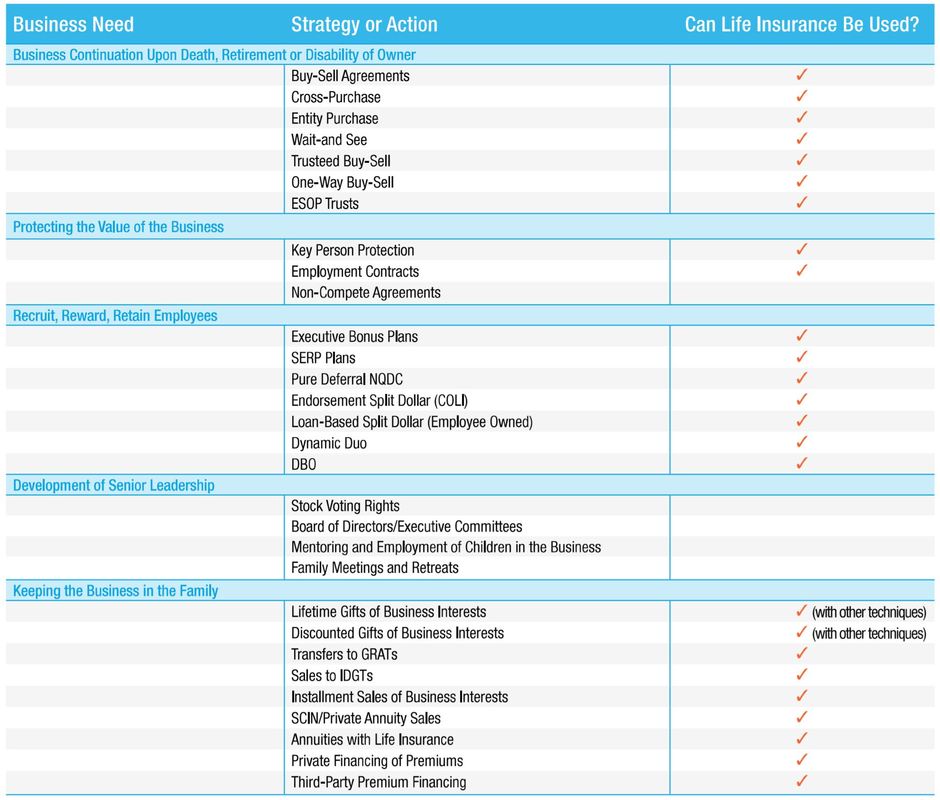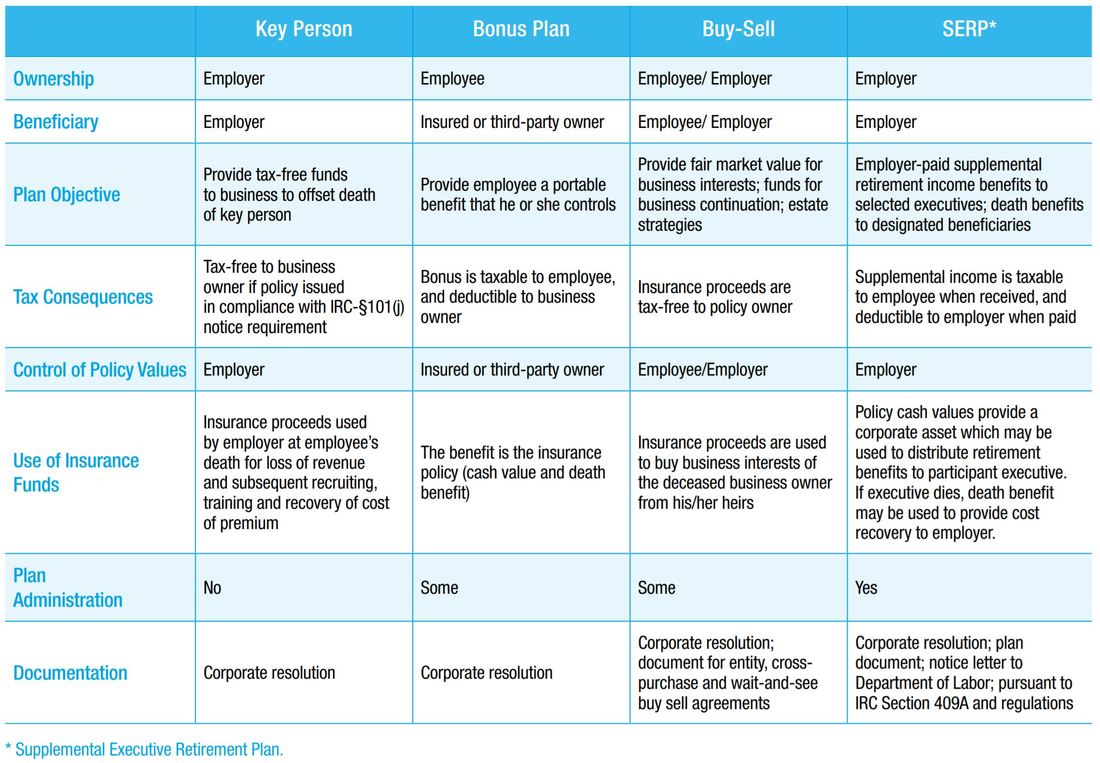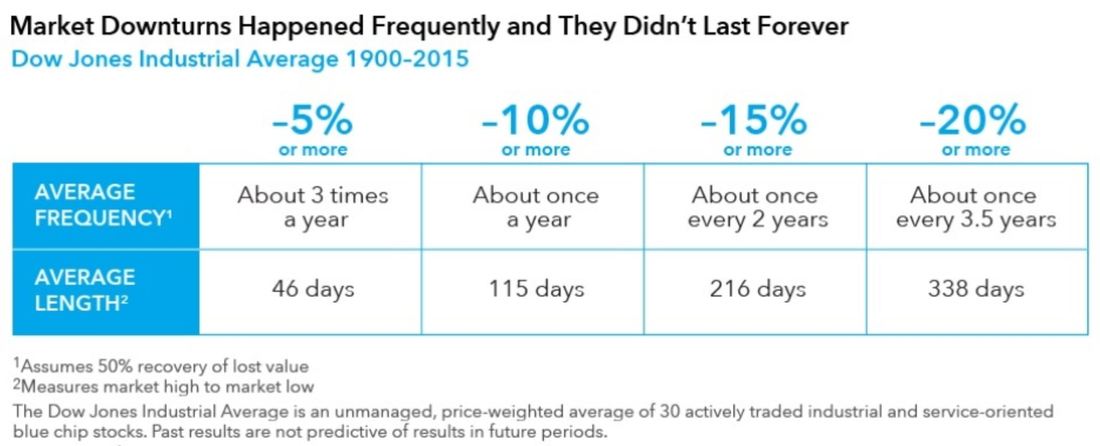A. When you buy a condo, make sure check the following -
- There are detailed, well-kept minutes of the regularly held board meetings
- Any plan for big infrastructure projects, and how the projects will be funded
- How much is the reserve fund and is it invested conservatively
- Has the condo fee been stable or has it risen drastically, can you handle the condo fee if it will rise 5% per year for 10 years?
- are majority of units owner occupied or not





 RSS Feed
RSS Feed
